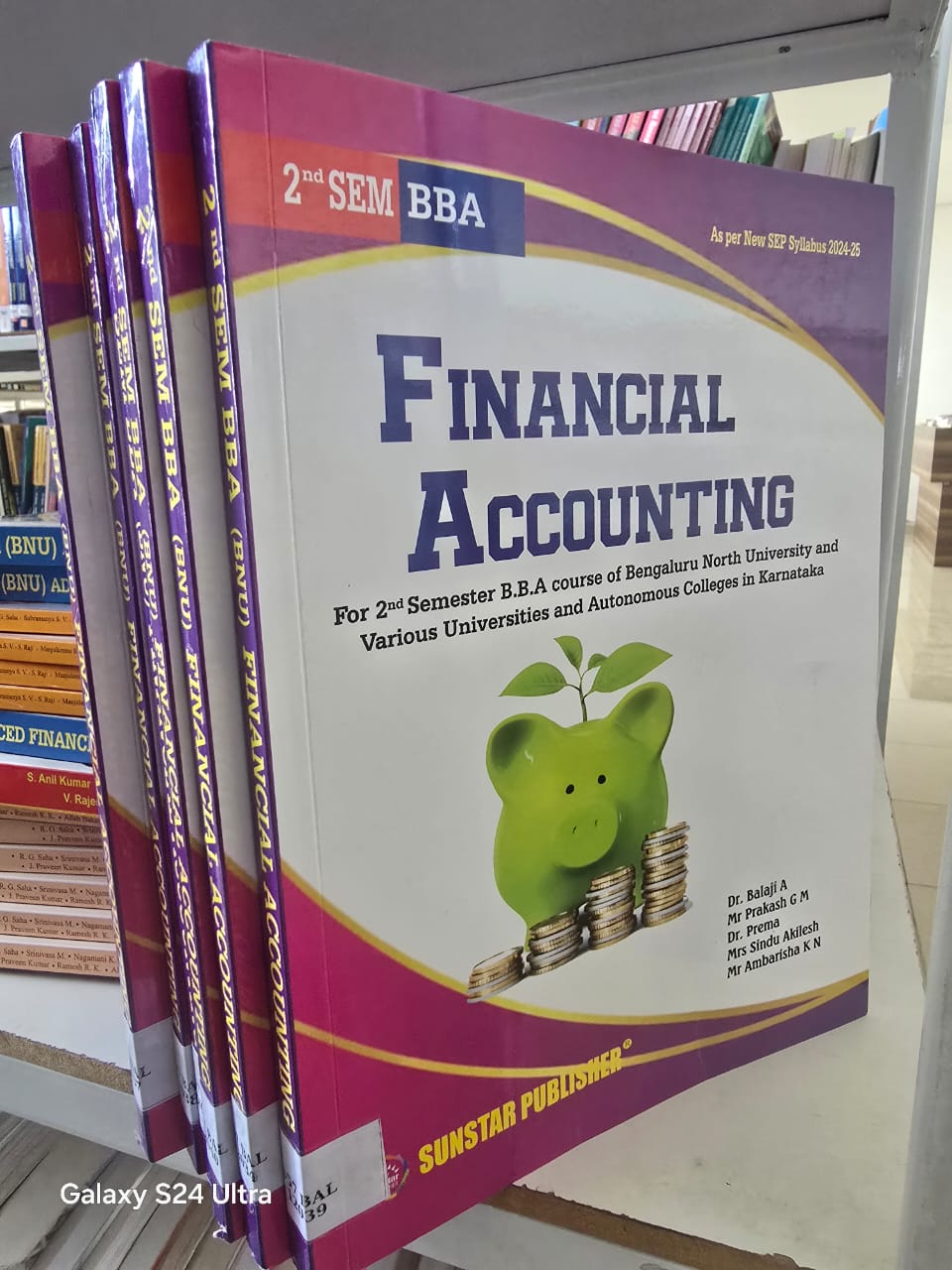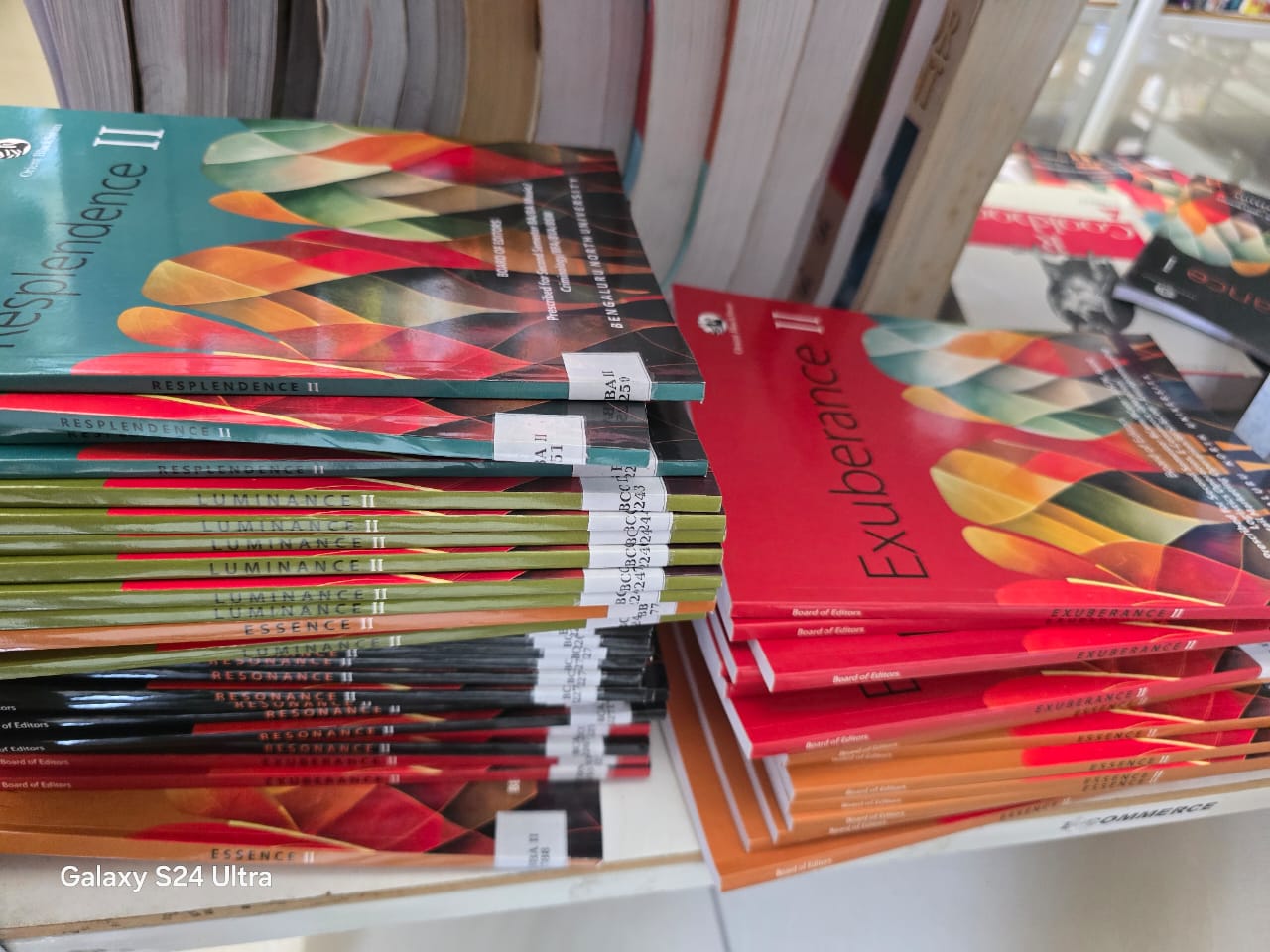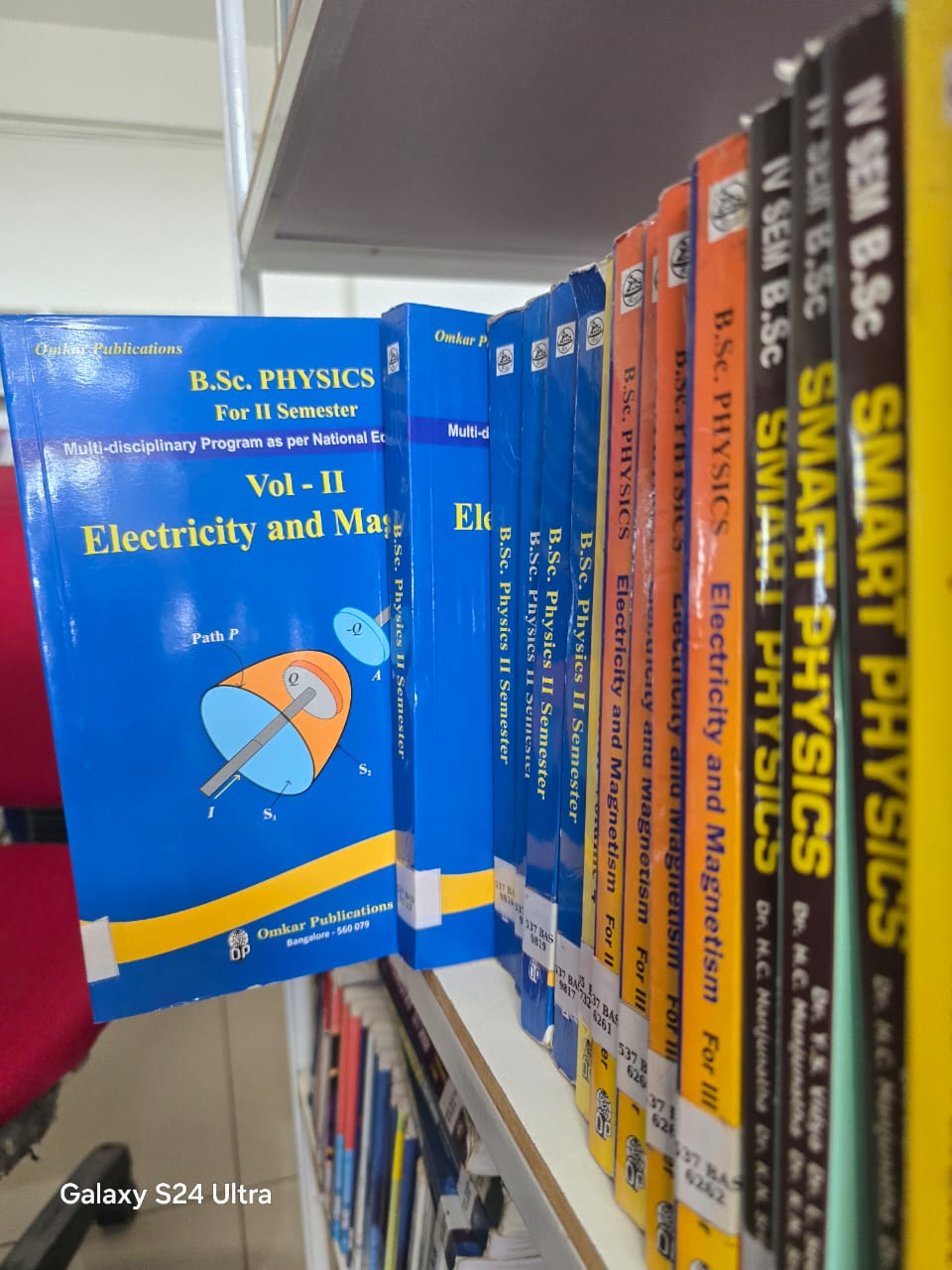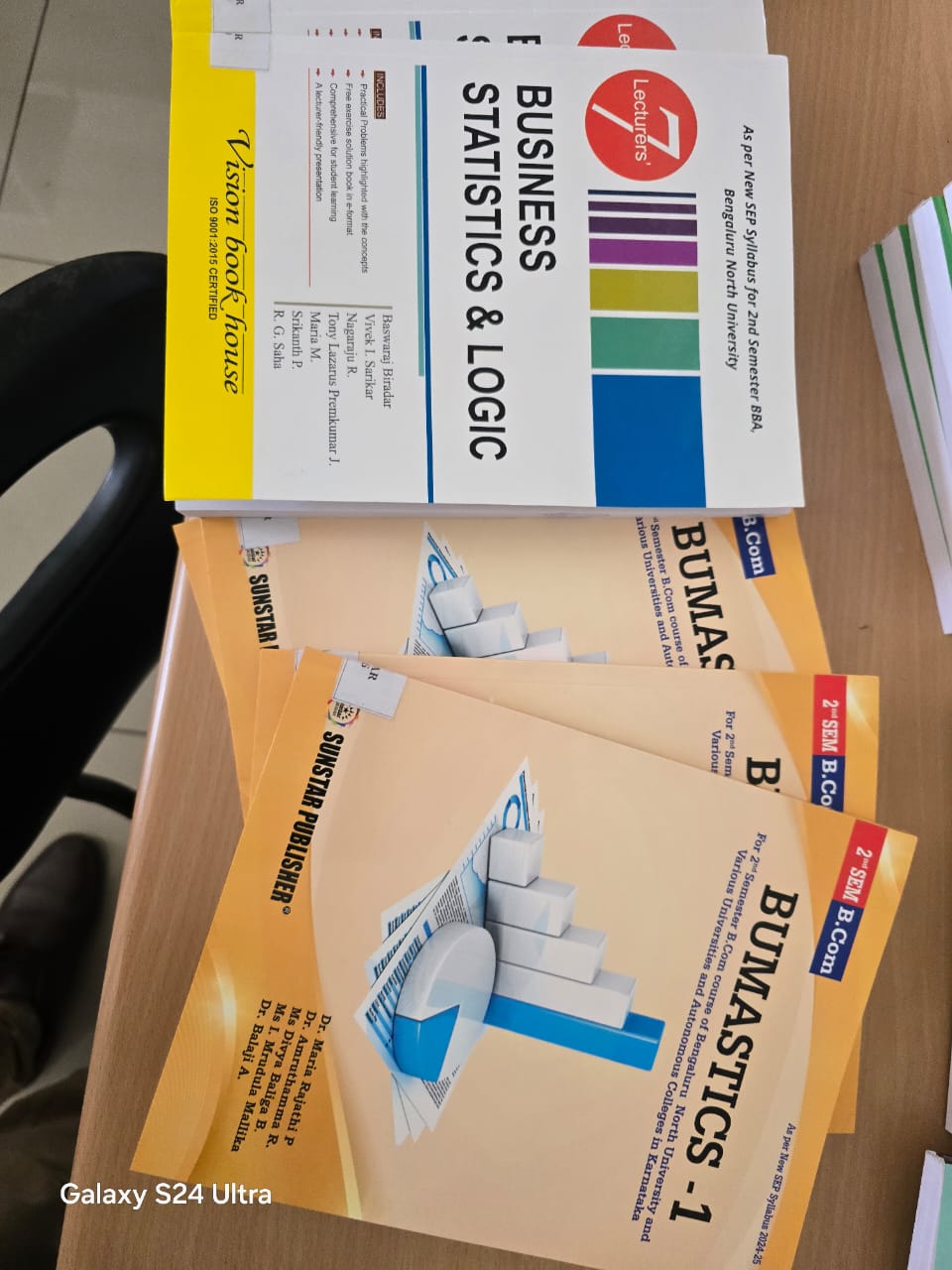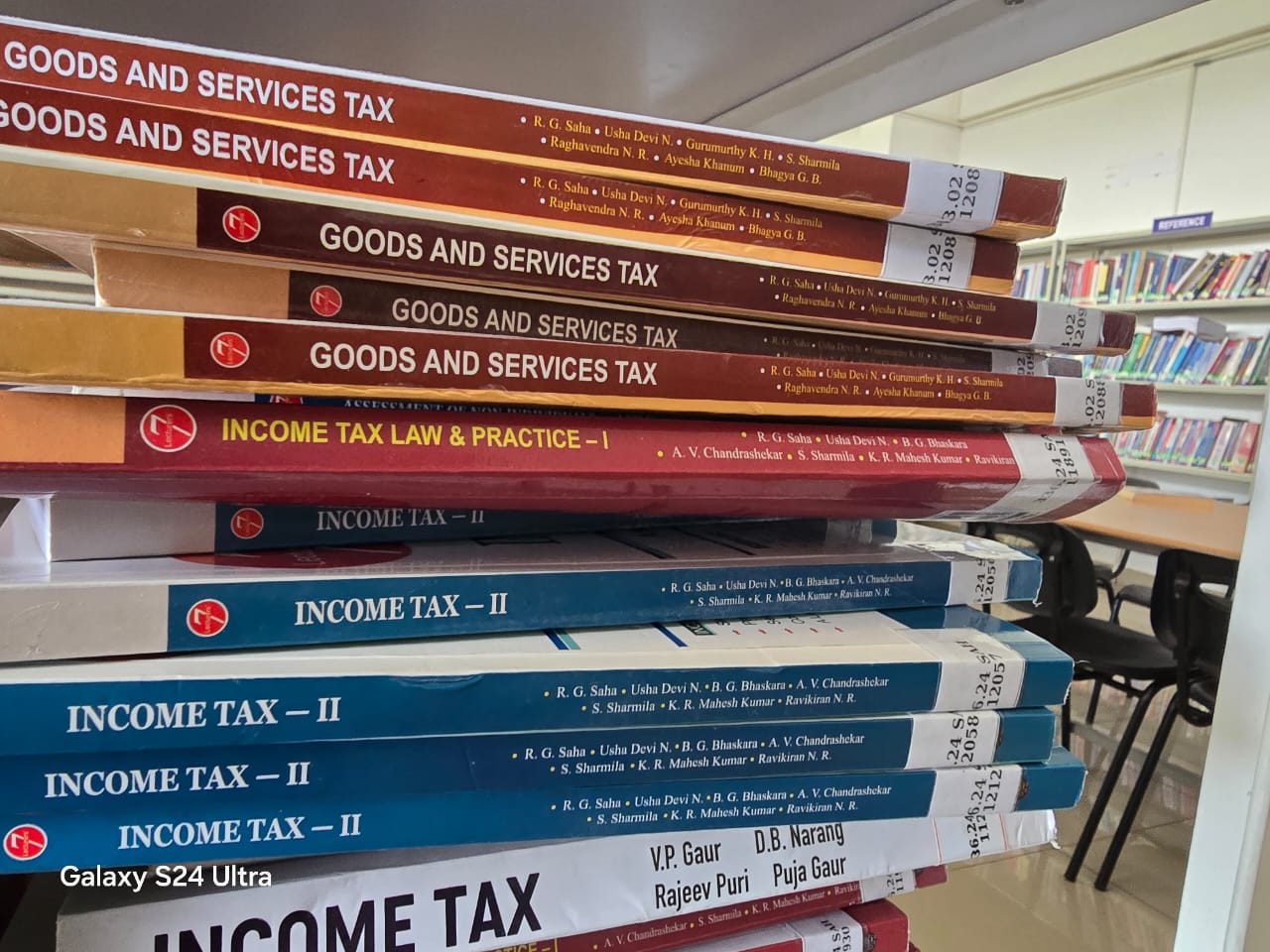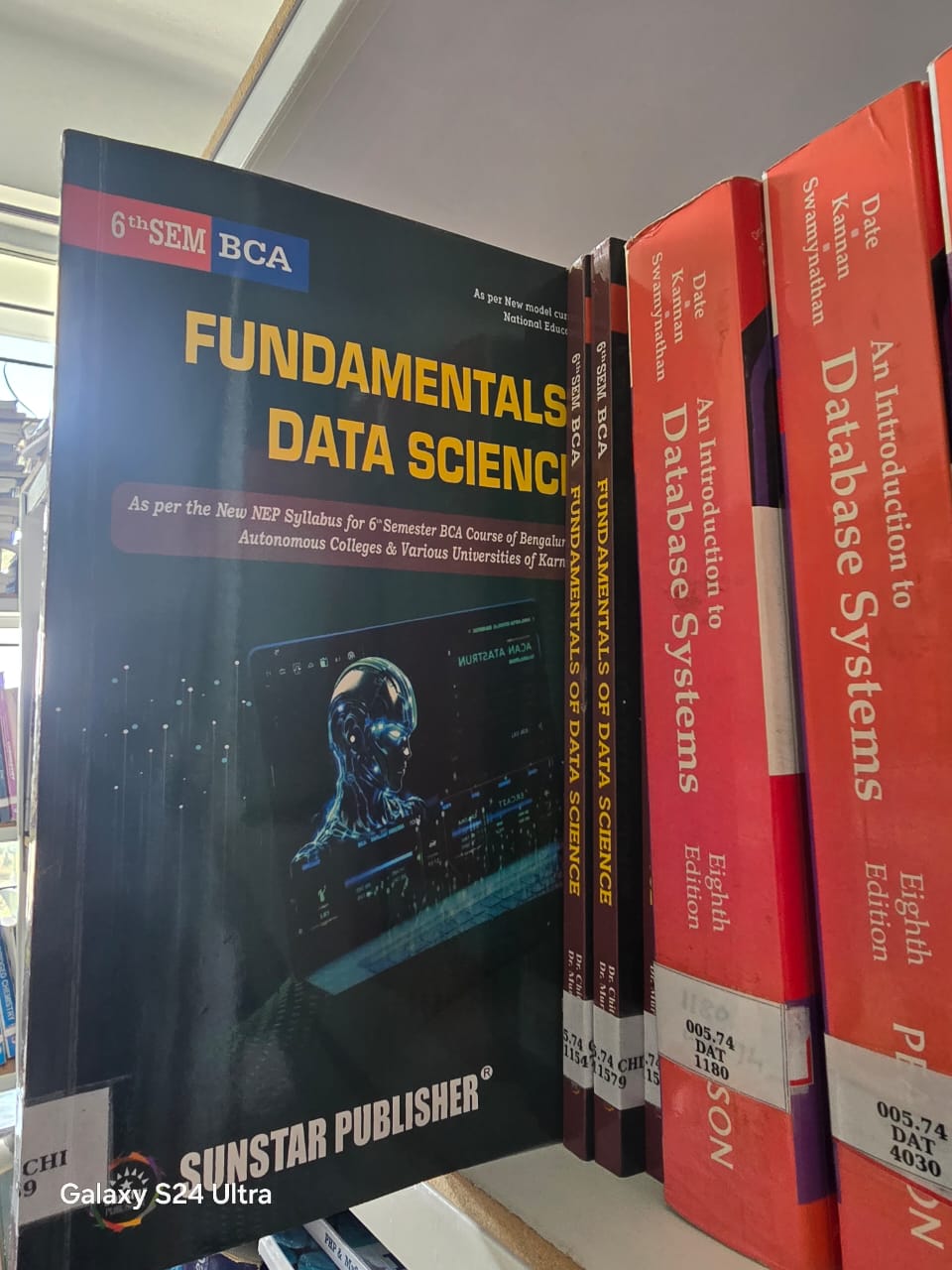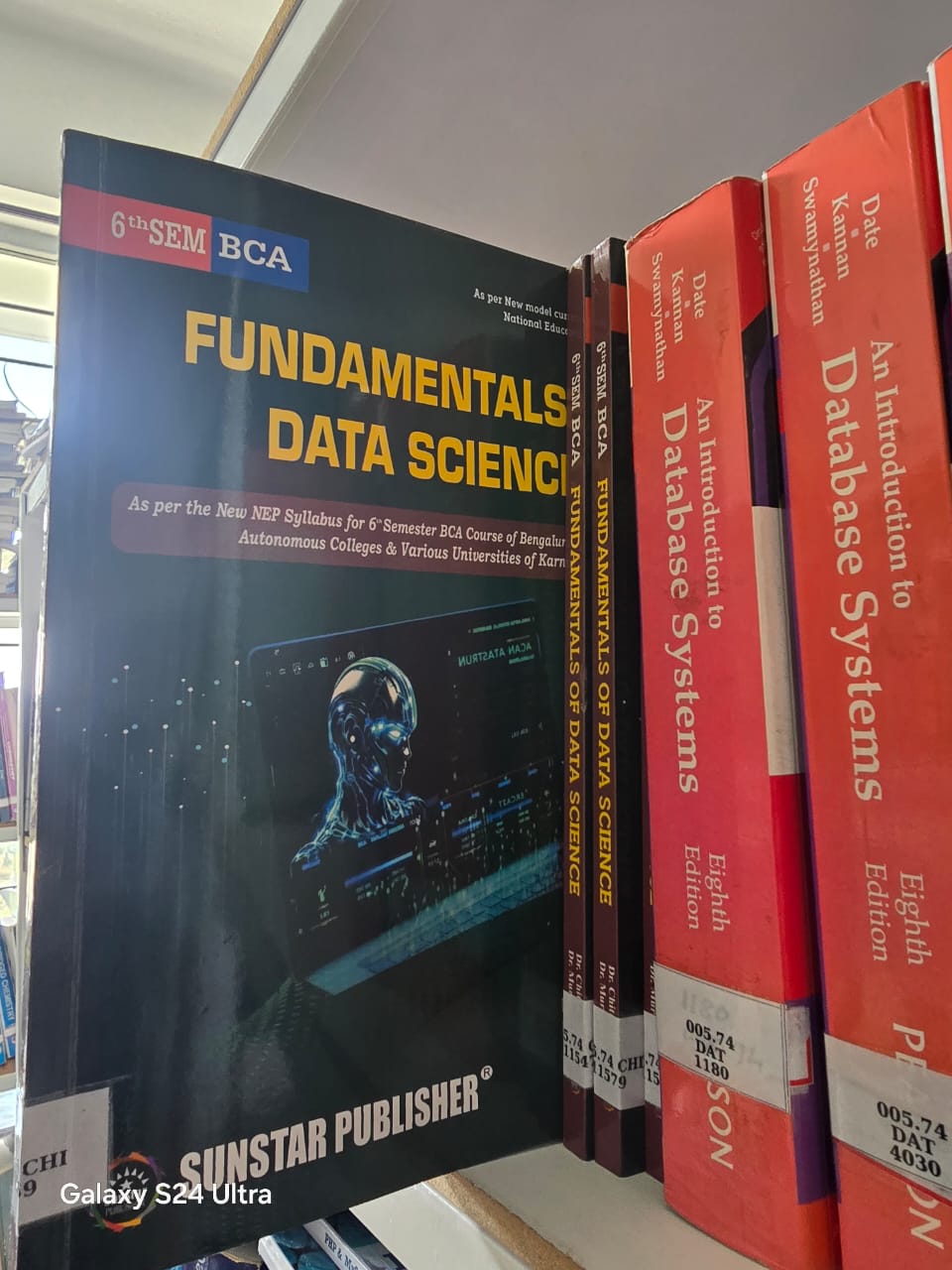📢 ANNOUNCEMENT
Library & Information Centre
Date: 09/24/2025
To All Students & Faculty,
We are pleased to announce that syllabus-oriented books are now available in our Library & Information Centre.
Key Details:
-
These books are placed in the relevant subject sections. Please refer to the catalogue or ask the librarian for help in locating them.
-
Many titles are available for borrowing (home use) as per library policy; some remain reference-only (in library).
-
Standard loan period: _14__ days (renewal possible if no pending requests).
-
Late return fines: Rs. 5__ per day.
-
For loss or damage, the borrower is responsible for replacement or compensation.
We encourage everyone to make full use of these resources to support your studies and teaching.
Issued by,






































